- Size
- Smallest
- Small
- Small to Medium
- Medium
- Large
- Giant
- Characteristics
- Smartest
- Hypoallergenic
- Fluffy
- Best Guard
- Best Family
- Best for Kids
- Low Shedding
- Healthiest
- Police Dogs
- Most Calm
- Quietest
- Color
- White
- Black
- Grey
- Brown
- Blue
- Red
- Coat
- Hairless
- Short
- Long
- Origin
- Japan
- China
- Australia
- Germany
- Italy
- United States
- France
- Group
- Hound
- Terrier
- Herding
- Toy
- Working
- Sporting
The Budgerigar: A New Owner's Guide (What To Know)
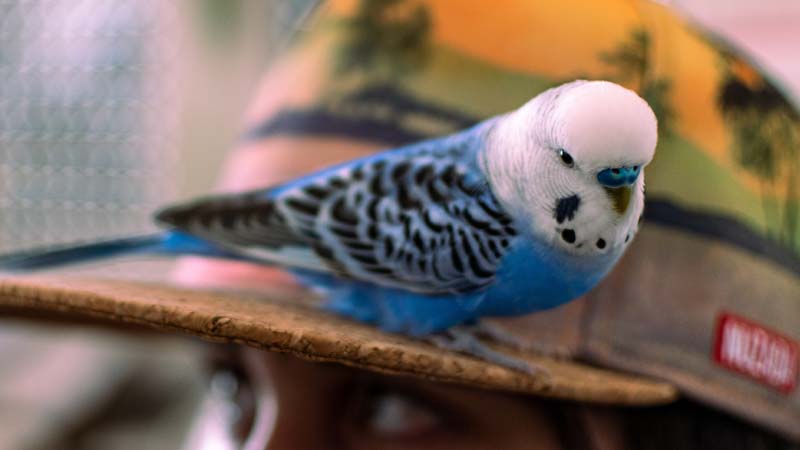
Photo by Guillaume Coué on Unsplash
Budgerigars are native to Australia, and primarily found in the wild across the continent's arid regions. Indigenous Australians were familiar with these small, colorful parrots long before their introduction to the rest of the world. European explorers encountered these birds in the late 18th century. John Gould, an English ornithologist, played a significant role in introducing budgerigars to Europe in the 1800s. His documentation and illustrations helped popularize them.
The process of domestication started in the 19th century. Initially, budgies were primarily green, but selective breeding over generations resulted in various color mutations, leading to the diverse array of colors seen in pet budgies today.
Today, Budgerigars remain one of the most common and well-loved pet birds globally. They are cherished for their playful behavior, charming personalities, and their ability to bond with their human caretakers.
Here's a guide to their care and basic information:
Basic Information
Species Traits:
Size: Budgies are small parrots, typically around 7 inches in length.
Lifespan: With proper care, they can live for 5-10 years or more.
Variety of Colors: They come in various colors, including blues, greens, yellows, and whites.
Price:
Keep in mind that prices can fluctuate based on breeder reputation, location, and the bird's individual qualities. On average, you might expect to pay between $20 to $50 for a budgie.
Here's a general breakdown:
Common Budgie (Green/Blue): Typically the most affordable, ranging from $20 to $30.
Rarer Color Mutations (Yellow, White, Pied, etc.): Prices might range from $30 to $50 or more depending on the specific mutation and rarity.
Care Tips
Caring for a budgerigar, or budgie, involves various elements to ensure their well-being and happiness:
Housing:
Cage Size: Choose a spacious cage, at least 18x18x18 inches, allowing ample room for movement and flying.
Bar Spacing: Opt for bars spaced about 1/2 inch apart to prevent escape or injury.
Perches and Toys: Offer multiple perches of different sizes and materials for foot health. Provide toys for mental stimulation and exercise.
Diet:
Seeds and Pellets: Provide a balanced diet comprising high-quality budgie seed mix or pellets as a staple.
Fresh Foods: Introduce fresh fruits like apple, berries, and vegetables such as broccoli or carrots for added nutrients.
Mineral Supplements: Include cuttlebone or mineral blocks to fulfill their calcium needs.
Water and Hygiene:
Clean Water: Ensure fresh water is available daily, changing it regularly to maintain cleanliness.
Cage Maintenance: Clean the cage routinely, removing droppings, uneaten food, and changing the bedding or liner.
Social Interaction:
Companionship: Budgies are social birds, so consider having a pair or spending substantial time daily with a single bird.
Human Interaction: Interact with your budgie daily, talking to them, offering toys, and gentle training sessions to build trust and bond.
Environment:
Temperature: Maintain a comfortable temperature between 65°F to 85°F (18°C to 29°C), avoiding extreme temperature fluctuations.
Lighting: Provide natural daylight exposure but shield them from direct sunlight to prevent overheating.
Quietness: Ensure a calm environment as budgies can be sensitive to loud noises.
Health Care:
Observation: Monitor their behavior, eating habits, and droppings regularly to detect any signs of illness or distress.
Veterinary Visits: Schedule regular check-ups with an avian veterinarian for health evaluations and necessary vaccinations.
Grooming:
Nail Trimming: Keep an eye on overgrown nails and trim them when necessary to prevent discomfort or injury.
Bathing: Offer opportunities for bathing, either by providing a shallow dish of water or misting them with a spray bottle.
Training:
Basic Training: Teach simple commands and encourage positive behaviors through positive reinforcement techniques.
Socialization: Introduce them gradually to various environments and people to ensure they remain socialized.
Conclusion
Budgies have transitioned from their natural habitats in the Australian outback to becoming cherished companions in households worldwide. Their journey from the wilds of Australia to becoming beloved pets has made them an integral part of many families.
Budgerigars, with their vibrant personalities and inquisitive nature, make wonderful companions. Proper care, a balanced diet, mental stimulation, and regular interaction are essential for their well-being. Creating a comfortable and engaging environment ensures a fulfilling and joyful life for these intelligent and charming birds.
You May Also Like
 Other Pets, Pet BirdsThe Lineolated Parakeet: A New Owner's Guide (What To Know)
Other Pets, Pet BirdsThe Lineolated Parakeet: A New Owner's Guide (What To Know)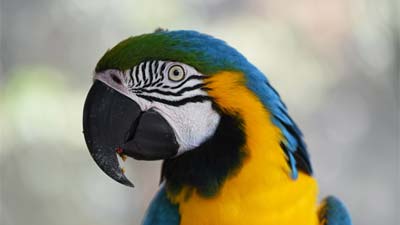 Other Pets, Pet BirdsThe Pionus Parrot: A New Owner's Guide (What To Know)
Other Pets, Pet BirdsThe Pionus Parrot: A New Owner's Guide (What To Know)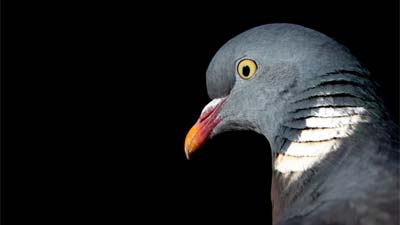 Other Pets, Pet BirdsThe Dove: A New Owner's Guide (What To Know)
Other Pets, Pet BirdsThe Dove: A New Owner's Guide (What To Know)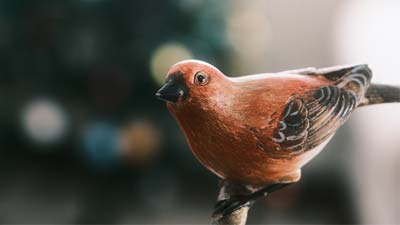 Other Pets, Pet BirdsThe Finch: A New Owner's Guide (What To Know)
Other Pets, Pet BirdsThe Finch: A New Owner's Guide (What To Know)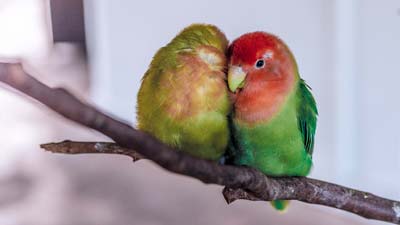 Other Pets, Pet BirdsThe Lovebird: A New Owner's Guide (What To Know)
Other Pets, Pet BirdsThe Lovebird: A New Owner's Guide (What To Know)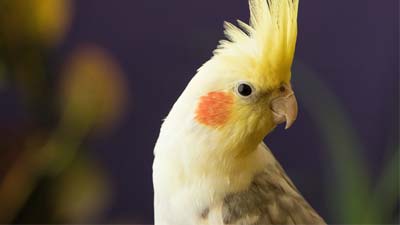 Other Pets, Pet BirdsThe Cockatiel: A New Owner's Guide (What To Know)
Other Pets, Pet BirdsThe Cockatiel: A New Owner's Guide (What To Know)